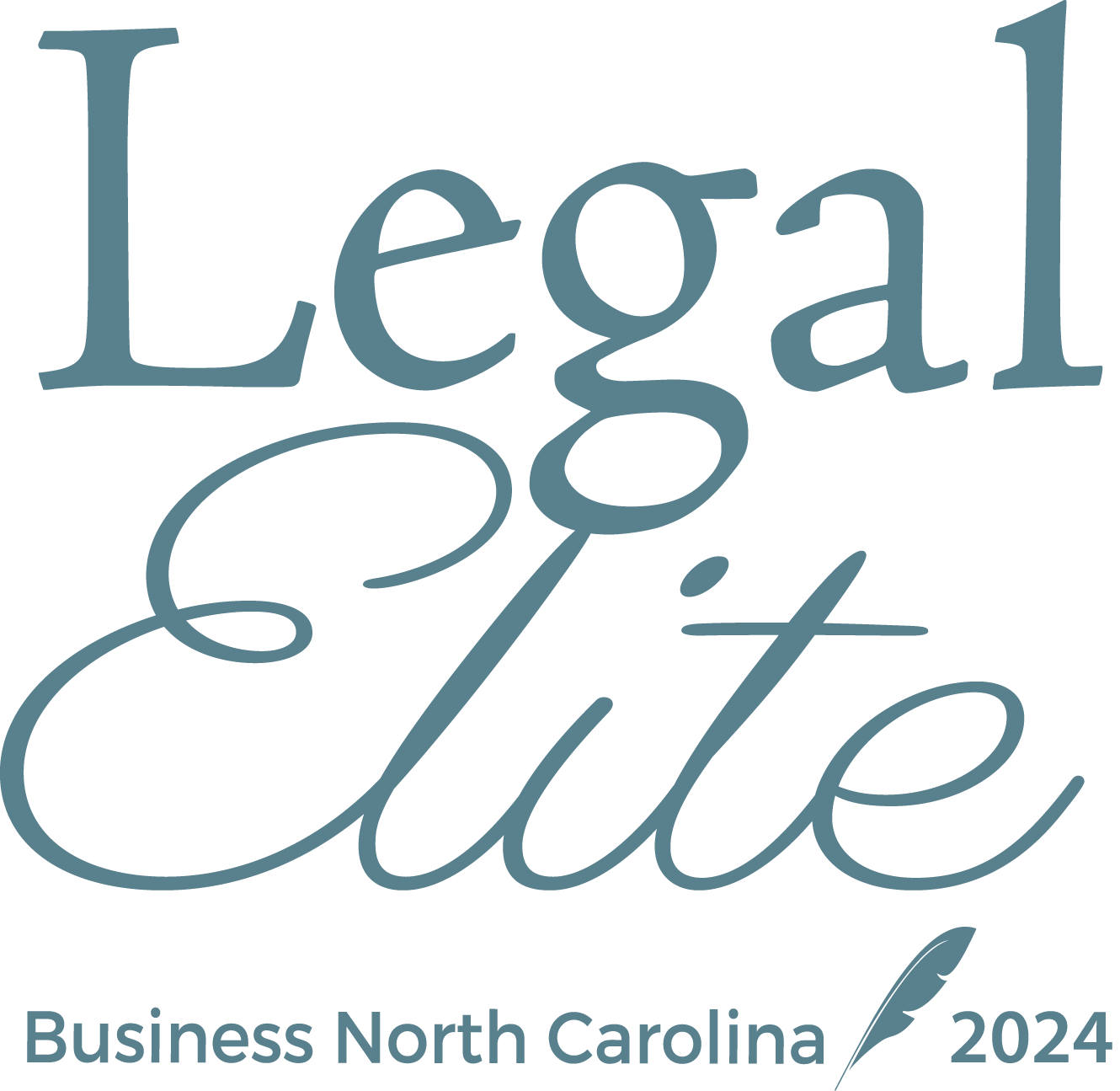
There are approximately 14,000 planned communities located throughout North Carolina, but very few of the nearly 3 million residents of such communities have a clear understanding of what the heck the community association really is that serves their planned community or condominium.
In short, a community association is a nonprofit organization, either incorporated under the North Carolina Nonprofit Corporation Act ("Chapter 55A") or unincorporated pursuant to the North Carolina Uniform Unincorporated Nonprofit Association Act ("Chapter 59B"). The association is formed to provide services and enforce the association's declaration, covenants, articles of incorporation, bylaws, and rules and regulations (collectively, "Governing Documents") within a planned community or condominium. The owners of lots or units are the members of the association.
It is important to mention that community associations are not organized to benefit an individual owner or owners. Rather, the association exists for the purposes set forth in its Governing Documents, which generally are two-fold:
- Manage, maintain, repair, and replace the common areas located in the community; and,
- Follow and enforce the Governing Documents.
Birth of the Association
From a legal standpoint, the community association exists from the time the declaration is recorded in the office of the Register of Deeds (for the county where the community is located) which authorizes the association's articles of incorporation to be filed with the North Carolina Secretary of State.
All single-family residential associations (i.e. homeowners associations) created after January 1, 1999 must be incorporated, but it is still possible, although uncommon, for a condominium to be administered by an unincorporated condominium association.
The declaration recorded by the developer of the community or condominium establishes the association as the legal entity with powers and duties of governance and operation within the planned community or condominium. In almost all cases, the association comes "online" when the developer sells the first lot or condominium unit to a third-party.
What's the Point?
Typically, developers create community associations to both maximize the value of their development and to have a legal entity to which they can transfer all responsibility for common area maintenance and the provision of services when the developer no longer has a financial interest in the community.
For example, the developer's most profitable project for a parcel of land may require obtaining stormwater permits and building recreational facilities on the site. After the construction of stormwater management facilities and the installation of recreational facilities, both will require permanent management and maintenance expense. From the developer's perspective, the permits and facilities allow the developer to build a more attractive development with greater density (i.e. the developer can sell more lots or units quicker). But after the lots or units are sold, the developer does not want to face a perpetual obligation to operate and maintain the stormwater or recreational facilities. Therefore, the developer will record a declaration that creates an association that is required to take title to the common areas and stormwater and recreational facilities when the developer no longer has a financial interest in the community.
From a member's perspective, the creation of the community association allows all of the members the benefit of amenities located on the community's common areas that they otherwise could not afford or would not construct and operate for themselves if they purchased a home outside of a planned community or condominium. The members can share costs, pool resources, and get the benefits of the economy of scale.
In summary, creation of the community association pins the tail on a legal entity to collect assessments, maintain the common areas, and enforce the Governing Documents.
Types of Associations
The two most common types of community associations in North Carolina are homeowners associations (single-family and townhomes), governed by the North Carolina Planned Community Act ("Chapter 47F") and condominium owners associations governed by the North Carolina Condominium Act ("Chapter 47C").
Homeowners Associations
A homeowners association holds title to the community's common areas (which can consist of streets, alleys, parks, storm and waste water facilities, recreational facilities, and other properties used in common by the members) and the individual owners have a membership interest in the association tied directly to ownership of their lot. Accordingly, the members do not own the common areas but have the right to access and use them with all the other owners within the planned community. For the purposes of Chapter 47F, a condominium is by definition, not a planned community.
Condominium Associations
A condominium owners association creates mandatory membership in an organization which operates and administers, but does not own, the condominium. Unlike a homeowners association, the condominium association does not own any common areas but has obligations and responsibilities regarding the maintenance, repair, and replacement of the condominium property.
Chapter 47C defines a condominium as real estate, portions which are designed for separate ownership (the units) and the remainder of which is designed for common ownership solely by the owners of those portions. The owners have "undivided interests" in the whole of the condominium other than the individually owned units. For example, in a condominium with 10 equal units, each owner of a unit would own not only the unit, but a one-tenth (1/10th) undivided interest in the condominium. Real estate is not a condominium unless the undivided interests in the common areas are vested in the owners. This means that all the owners within a condominium own the common area as tenants in common.
Riddle Unwrapped
The overwhelming majority of community associations in North Carolina are incorporated nonprofit corporations which will either be a homeowners association for a planned community or a condominium association for a condominium.
In all cases, the association's purposes will be set forth in its Governing Documents, which, together with Chapter 47F or 47C, depending on which is applicable, outline what the association is obligated to do and what the association has the ability to do (which are two different things). If the governing documents or statutes don't authorize an action, the association can't take it.
Ward and Smith, P.A. has a dedicated Community Associations Practice Group with attorneys experienced in representing associations, association members, and developers in all matters related to the creation and operation of community associations.
--
© 2024 Ward and Smith, P.A. For further information regarding the issues described above, please contact .
This article is not intended to give, and should not be relied upon for, legal advice in any particular circumstance or fact situation. No action should be taken in reliance upon the information contained in this article without obtaining the advice of an attorney.
We are your established legal network with offices in Asheville, Greenville, New Bern, Raleigh, and Wilmington, NC.




